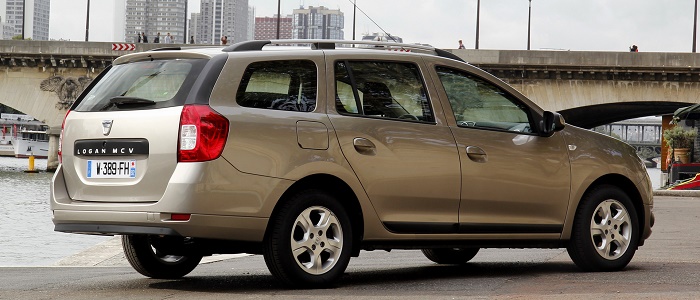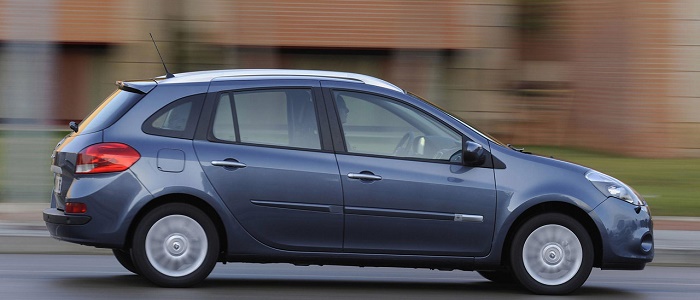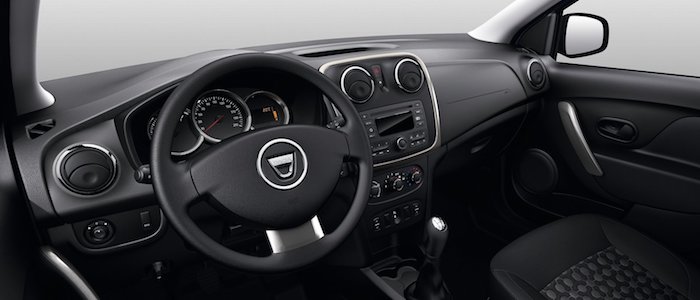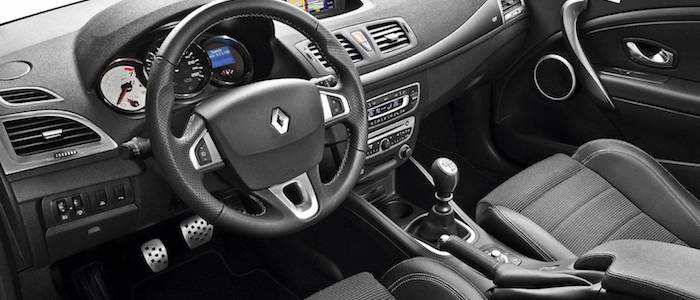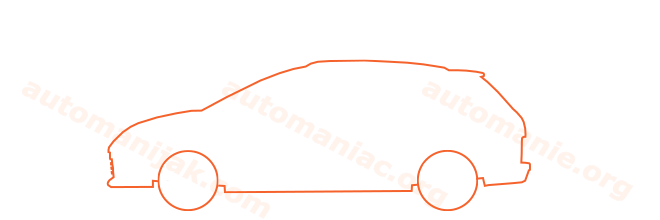Compare two cars
Compare any two cars and get our Virtual Adviser™ opinion
Marketing
Dimensons & Outlines
Engine
Performance (manual gearbox)
Performance (automatic gearbox)
Expenses
Virtual Adviser's™ opinion
We are here considering two somewhat similar cars, but we can't deny some of the obvious differences. For a start, they are not even classified under the same segment, with the Dacia being a small family car and the Renault representing city car vehicle class. Both the engines are Renault-engineered . The first one has a 4-cylinder, 8-valves 75hp unit, while the other one gets its power and torque from a 4-cylinder, 8-valves 86hp one.
SafetyA starting point here would be to take a look at the results from European New Car Assessment Programme (Euro NCAP) tests which were performed on both of the cars, with the Renault displaying significantly better structural stability. Moving further on, let's take a closer look at some additional safety-related facts. The first vehicle is a small family car and that gives it a marginal advantage over the city car competitor, at least that's what statistics show. On the other hand, if we'd like to consider vehicle mass in this context too, which we definitely should, the French car offers a marginal difference of 7% more metal.
ReliabilityI don't like generalizing things when it comes to reliability, although it does seem that Renault does have a slight advantage, all the models observed together. These are the official statistics, while our visitors describe reliability of Dacia, as well as Renault, with the same average rating of 4.1 out of 5. Independent research findings rank Logan as average reliability-wise, and Clio is more or less at the same level.That apart, owners of different cars powered by the same engine as the Romanian car rank it on average as 4.3 out of 5, exactly the same as the other one.
Performance & Fuel economyRenault is undoubtly more agile, reaching 100km/h in 1.2 seconds less than its competitor. In addition to that it accelerates all the way to 174 kilometers per hour, 10km/h more than the other car. When it comes to fuel economy the winner has to be the Romanian car, averaging around 3.8 liters of fuel per 100 kilometers (74 mpg), in combined cycle. We can't ignore that 24% difference compared to the French car.
Verdict
Renault appears just a bit more reliable, although the difference is truly marginal. The most important thing when deciding between any two vehicles should always be safety, both passive and active. In my opinion, everything taken into account, the French car beats the other contender by far, making it the best choice without even considering other things. It all continues in the same direction, with Renault being considerably quicker, thus putting more smile on driver's face. It does come at a cost though, and that's the fuel consumption... No mistake, whatever you decide here, but I'd still go for the Renault. In any case that's my personal view, built upon all the data available to me. What should decide here though is the way you feel about the two vehicles, and I hope you'll find my guidelines useful in the process. Also, you could use the oportunity to find out which car, everything taken into account, would be the perfect choice for you in the eyes of the virtual adviser™, out of 12.000+ vehicles we currently have in our database.























